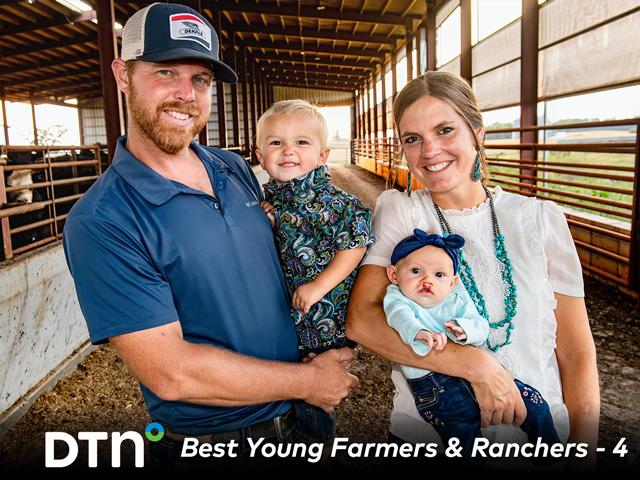An Urban's Rural View
Seed Banks and Safety Deposit Boxes
As an investment strategy, diversification comes highly recommended. Over the long run, experts say, investors do better with a mixed portfolio of equities, bonds, real estate and even commodities. Diversifying minimizes the risk of loss. If one investment class tanks, others may continue to produce returns.
In farming, diversification is more debatable. Many commercial producers prefer to specialize. If they grow crops, they do not raise animals. If they grow crops, they focus on two or three. Some may not grow anything but corn for years on end.
If farmers are less diversified, so are the seeds they plant. This is partly for the unhappy reason that consolidation has reduced the number of companies making seeds. It is also, however, because in modern agriculture, farmers demand the best-performing seeds. True, which seeds perform best is constantly changing, as seed technology must adjust to changing pest, disease and other conditions. But at any given time, the number of "best" seeds is small.
Whatever the reason, the result is a loss of biodiversity, at least among seeds that are commercially planted. Yet plant breeders know they may someday need some of the many genetic varieties not currently in use. But they don't know which ones. And so they created gene banks that store vast libraries of seeds. By one researcher's estimate, there were, in 2006, "about six million accessions, or samples of a particular population, stored as seeds in about 1,300 gene banks throughout the world" (http://tiny.cc/…).
P[L1] D[0x0] M[300x250] OOP[F] ADUNIT[] T[]
The reason for storing so many different varieties is that breeders never know which ones they'll need to fend off some new pest, disease or other problem. "I look at conserving this diversity as conserving options," says Cary Fowler, an American a founder of the Svalbard Global Seed Vault, in an interview with the Heifer International magazine World Ark. Fowler favors conserving all possible seed options. It's inexpensive to do, he argues, so why not protect them all?
The Norwegian vault, which stores seeds at low temperatures, regards itself as a backup in case other seed banks meet with disaster. It has duplicate seeds from 234 countries. Fowler says it sidesteps intellectual property issues -- and thereby encourages cooperation from governments, companies and other gene banks -- by not claiming ownership of the seeds.
Think of it, he says, as a safe-deposit box: Only you have access to the seeds you keep in it. When researchers in Aleppo, Syria, were forced by war to decamp to Morocco and Lebanon, "We sent a portion of the seeds back to them so they could regrow them, get more seeds and reconstitute their gene bank. So now, they've done that, and they're sending seeds back to us."
Intellectual-property rights isn't the only sensitive issue Fowler deals with. "There's a tendency for people first getting into this subject to try to look for the villain in it" -- a tendency to ask who is responsible for the loss of diversity in modern farming.
Fowler sees not villainy but irony: Even people like him who understand that farmers "are the smart ones" who must make the seed-selection decisions sometimes don't like the choices farmers make. He wants governments and NGOs to get involved in coming up with solutions that promote biodiversity but he cautions against simplistic ones. "You know, some people say we should just all go back to the heirloom varieties," Fowler says. "And I don't think that's a solution."
What policymakers need to understand is that biodiversity is important to agriculture even if what makes business sense to farmers is to use only a small sliver of the seeds that exist. It is a public good, critical to both food security and the health of the environment, and the public ought to help fund it. There are better targets for budget cuts than the relatively small sums governments spend on seed banks. Promoting biodiversity is, as Fowler says, something we all should be involved in.
Urban Lehner can be reached at urbanize@gmail.com
(ES)
© Copyright 2017 DTN/The Progressive Farmer. All rights reserved.




Comments
To comment, please Log In or Join our Community .